Opinion: Is new car tech making roads more dangerous?
As vehicles become hi-tech gadgets, are advancements enhancing our safety or creating new distractions on the road?
Motoring News
Don't miss out on the headlines from Motoring News. Followed categories will be added to My News.
Remember the days when driving meant gripping the wheel, eyes on the road, and maybe the occasional attempt at changing the radio without swerving into another lane?
I certainly do.
I remember driving my Ford Falcon Futura, where the biggest advancement was converting it from petrol to liquefied petroleum gas.
Those days seem like ancient history now.
Today, our cars are practically spaceships on wheels, brimming with technology that promises to keep us safer than ever.
But have we gone too far?
Are these hi-tech marvels really keeping us safer, or are they turning into distractions that make driving more perilous?
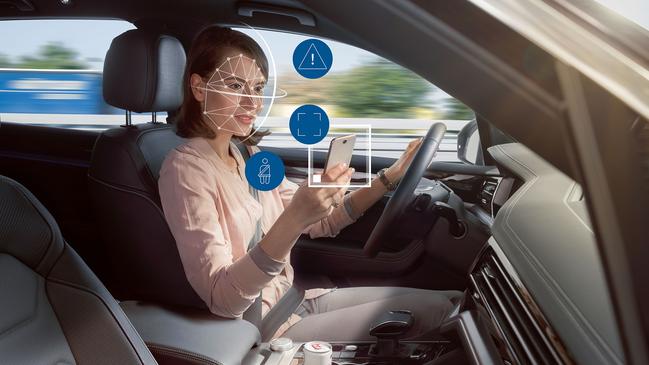
Eyes on the road or else!
For instance, one of the most talked about new safety features: driver monitoring systems (DMS).
This nifty piece of tech uses cameras and sensors to keep an eye on whether you’re keeping your eyes on the road. Sounds great, right?
As someone who has test-driven a Mitsubishi Triton that had this feature, it’s not great.
The system is supposed to alert you if you glance away from the road.
But it sets off alerts if you perform simple tasks such as adjusting the cruise control or daring to change the radio station.
So much for safety – it’s hard to stay focused when your car is constantly yelling at you for every minor movement.
Mitsubishi went back to the drawing board, promising software updates to dial down the hyper-vigilance of its tech.
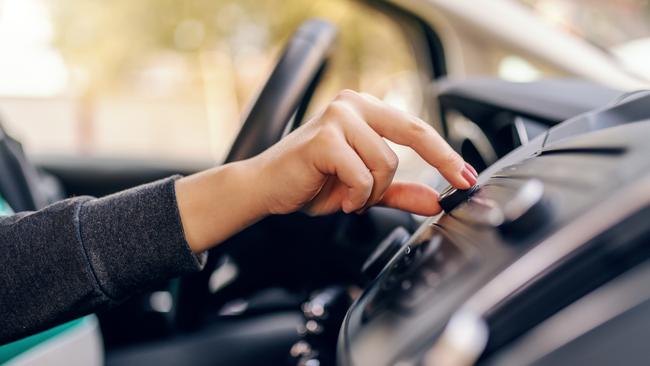
Touchscreen Temptation
In-car entertainment is another area of concern.
These days, new cars come with touchscreens so big they could double as home theatre systems.
Navigation, music streaming, even social media – the whole digital world is just a tap away.
But every tap takes your attention away from driving.
Sure, it’s convenient to have everything at your fingertips, but is it worth the trade-off in safety?
Fiddling with a touchscreen while barrelling down the highway isn’t exactly the best way to stay focused.
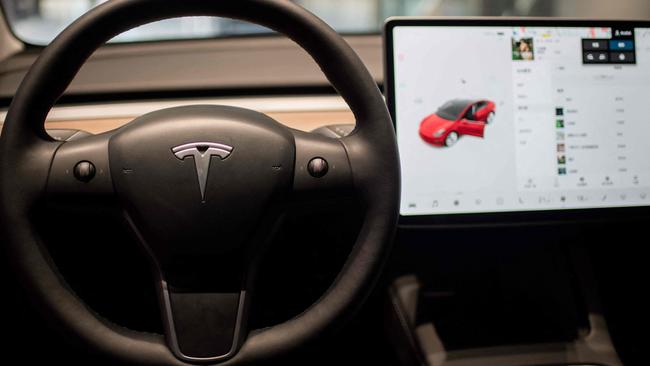
The Button Battle
The humble physical button has been largely overshadowed by the flashy touchscreens and voice commands.
Yet a recent study by Vi Bilagare, a Swedish auto publication, found physical buttons reduce the time drivers take their eyes off the road.
In response, carmakers such as Hyundai and Nissan are sticking with physical buttons for essential controls.
Starting in 2026, the European New Car Assessment Program (Euro NCAP) will require physical buttons for critical functions in order to award top safety ratings.
This change will likely influence safety standards worldwide, including in Australia, where the Australian New Car Assessment Program (ANCAP) closely aligns with Euro NCAP.
The value of these straightforward interfaces cannot be overstated; they keep critical controls literally at our fingertips which allows for our focus to remain on the road.
Texting and Tunes
Smartphone integrations like Apple Carplay and Android Auto are supposed to make things safer by letting you use your phone hands-free.
Let’s be honest, they often end up encouraging more interaction, not less.
Who hasn’t been tempted to read a text or check a notification, even with voice commands available?
It’s like putting candy in front of a kid and expecting them not to eat it.
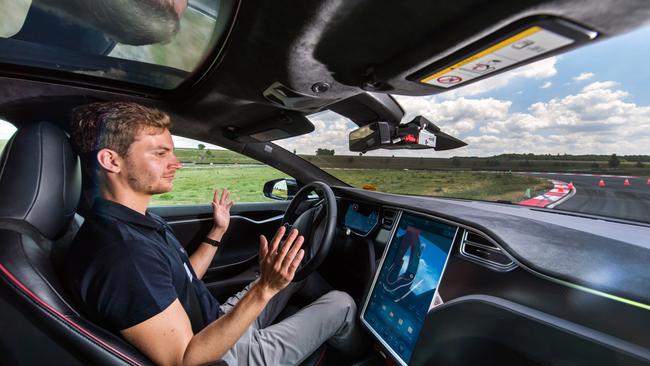
Complacency on Cruise
Then there’s Advanced Driver Assistance Systems (ADAS). Lane-keeping assist, adaptive cruise control – these technologies are fantastic.
They help you stay in your lane and keep a safe distance from other cars.
But there’s a catch.
These systems can lure drivers into a false sense of security.
It’s easy to start thinking “Hey, the car’s got this,” and pay less attention.
But guess what? The car doesn’t always “got this” ADAS can fail, and when it does, drivers need to be ready to take over.
Complacency is not your friend when behind the wheel.
The Autonomous Dilemma
The push toward fully autonomous vehicles adds another layer to this debate.
Sure, the idea of a self-driving car sounds like the ultimate luxury.
But the reality is, we’re not there yet.
Autonomous systems are still being tested and they struggle with complex driving situations.
Recent accidents involving Tesla’s Autopilot have made it clear: we can’t just sit back and let the car do all the work. Not yet, anyway.
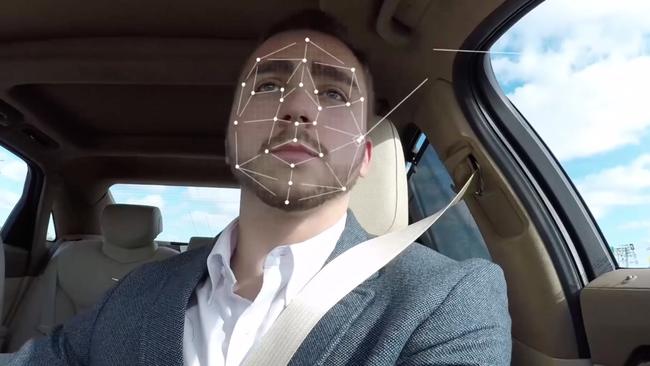
Eye-spy
Interior cameras in vehicles are another advancement for enhancing security and provide peace of mind for drivers and passengers.
These cameras can monitor the cabin for suspicious activity, ensure that ride-sharing passengers behave appropriately, and even assist with DMS systems to prevent drowsy or distracted driving.
However, these cameras can also become a distraction if they need frequent checking.
Take the Jeep Grand Cherokee L as an example. Its “Fam Cam” allows drivers to zoom in on specific seats – but this can be both a blessing and a curse, as it can lead to drivers taking their eyes off the road to check on their kids.
Peeping Tesla
Aside from interior cameras being a distraction, privacy concerns have also been raised.
In 2023, Tesla found itself in hot water when it was revealed that some employees had a bit too much fun with this technology, accessing and sharing private footage from the cars’ internal cameras.
What was supposed to be a safety feature turned into a privacy nightmare, with drivers feeling more like they were on a reality TV show.
This scandal highlights that new technologies like internal cameras need to be regulated.
Critics have argued that the rapid pace of technological advancement in cars has outstripped the pace at which drivers can adapt.
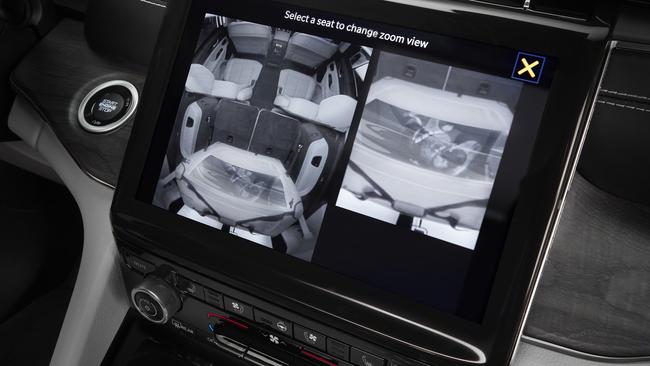
But there’s no denying that technology has brought some significant safety improvements.
Automatic emergency braking, blind-spot monitoring, collision avoidance systems – these are all fantastic innovations that have saved lives.
They highlight the potential of technology to reduce human error.
The trick is to strike the right balance between technological innovation and driver responsibility.
After all, it’s still your job to drive the car, not the other way around.
Leave your thoughts in the comment section below.
Originally published as Opinion: Is new car tech making roads more dangerous?




